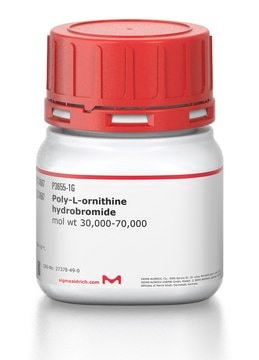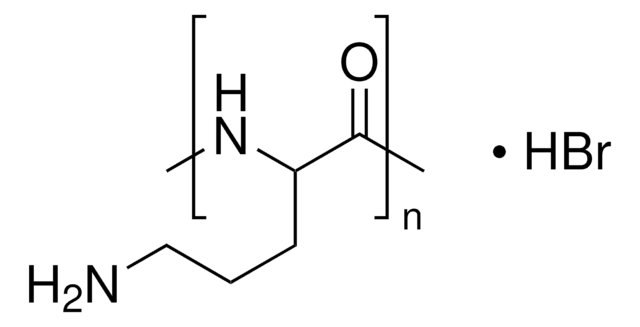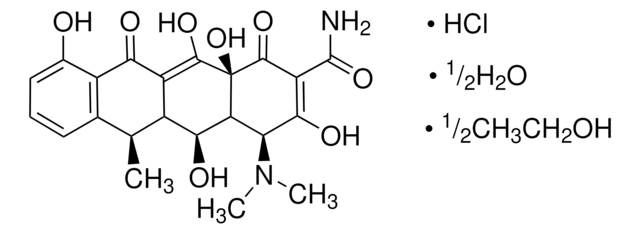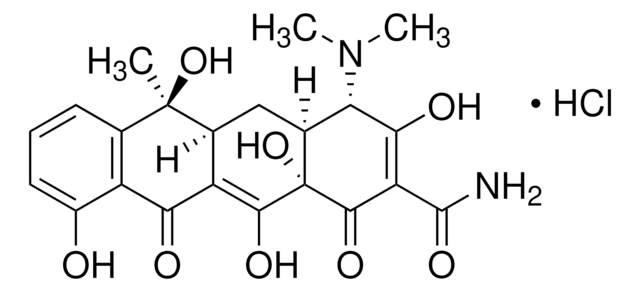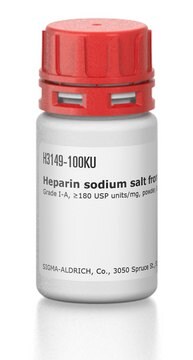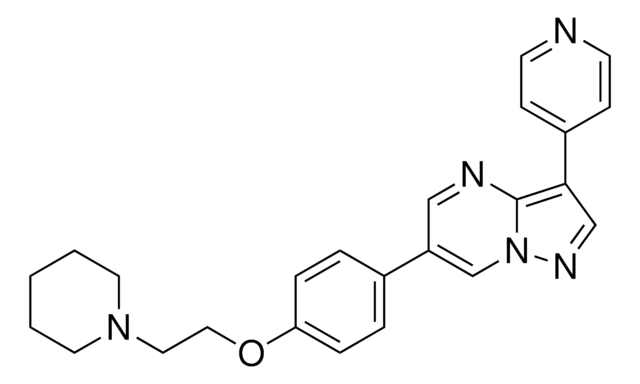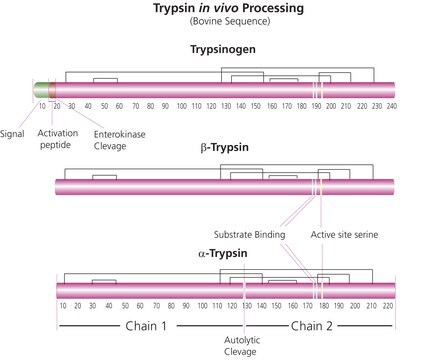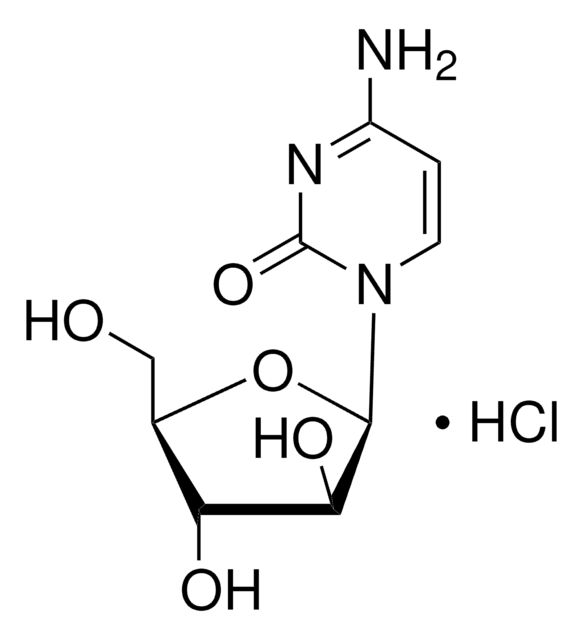P8638
Poly-DL-ornithine hydrobromide
suitable for cell culture, Mol wt 3,000-15,000
Sinônimo(s):
DL-Ornithine homopolymer hydrobromide
About This Item
Produtos recomendados
Nome do produto
Poly-DL-ornithine hydrobromide, mol wt 3,000-15,000
Formulário
powder or solid
peso molecular
3,000-15,000
técnica(s)
cell culture | mammalian: suitable
cor
white to off-white
temperatura de armazenamento
−20°C
cadeia de caracteres SMILES
Br.NCCCC(N)C(O)=O
InChI
1S/C5H12N2O2.BrH/c6-3-1-2-4(7)5(8)9;/h4H,1-3,6-7H2,(H,8,9);1H
chave InChI
GWRQMKDBBHFVIZ-UHFFFAOYSA-N
Procurando produtos similares? Visita Guia de comparação de produtos
Aplicação
Ações bioquímicas/fisiológicas
Nota de análise
Outras notas
Código de classe de armazenamento
11 - Combustible Solids
Classe de risco de água (WGK)
WGK 3
Ponto de fulgor (°F)
Not applicable
Ponto de fulgor (°C)
Not applicable
Equipamento de proteção individual
Eyeshields, Gloves, type N95 (US)
Escolha uma das versões mais recentes:
Já possui este produto?
Encontre a documentação dos produtos que você adquiriu recentemente na biblioteca de documentos.
Os clientes também visualizaram
phosphoprotein are critical for the induction of oxidative stress
in rabies virus infection
Artigos
Humankind has utilized protein materials throughout its existence, starting with the use of materials such as wool and silk for warmth and protection from the elements and continuing with the use of recombinant DNA techniques to synthesize proteins with unique and useful properties.
Nossa equipe de cientistas tem experiência em todas as áreas de pesquisa, incluindo Life Sciences, ciência de materiais, síntese química, cromatografia, química analítica e muitas outras.
Entre em contato com a assistência técnica
